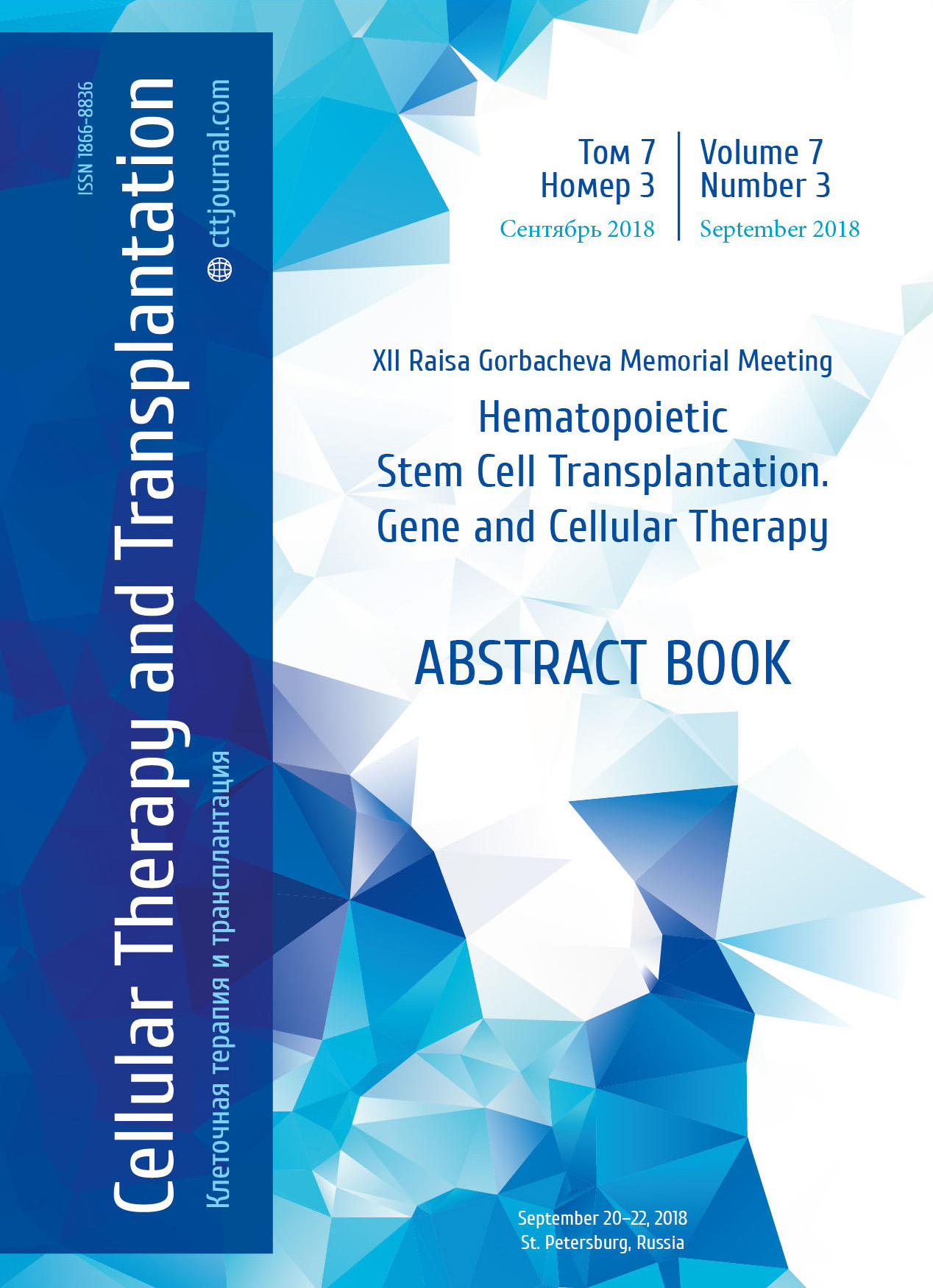Peculiarities of psychosexual development of adolescents after hematopoietic stem cell transplantation
Summary
Introduction
Transplantation of hematopoietic stem cells (HSCT) is one of the leading methods of treatment in patients with blood system diseases, primary immunodeficiency syndromes and genetic diseases. At the same time, the quality of life in patients in the long-term after HSCT significantly differs from the quality of life of healthy people of the same age. Deformations in psychosexual development including problems in the gender identity formation cause social isolation of adolescents, which makes their sexual self-realization impossible and significantly reduces the quality of their life. Hence, the aim of our study was an assessment of the level of gender identity formation of adolescents and psychosexual development correlation to the normal adolescents of the same age.
Materials and methods
In 2018, on the base of the Department of Recovery Medicine, the Clinic of the Research Institute of Raisa Gorbacheva Memorial Institute of Children’s Oncology, Hematology and Transplantation, we conducted a prospective study of 13 families. The respondents were: 1) parents/guardians of patients accompanying them in the process of examination; 2) adolescents who underwent HSCT treatment and undergo planned examinations at the clinic in the posttransplant period (after D + 100), (n=13, of which 6 girls and 7 boys, age 12-17 years, from the date of HSCT 1-5 years). The following methods were used to assess gender identity: Specially developed questionnaires for teenagers and parents; questionnaire by Sandra L. Bem (Sandra L. Bem, 1974); projective techniques “The Human Picture”, “The non-existent animal”; Max Lüscher’s color choices test.
Results
The traditional type of gender identity that characterizes the high masculinity in male respondents and the high femininity rates of female respondents in 100% of cases were not revealed. Both among girls and among boys, the androgynous type predominates with a tendency towards femininity. On average, the adolescents evaluate themselves a little more courageous than their mothers, with rare exceptions, regardless of gender. This confirms the thesis we received in the previous study that parents tend to see and encourage complacency in adolescents of both sexes, passivity to the detriment of leadership, dedication, and independence. All 100% of the teenagers, who participated in the test, demonstrate the displacement of the aggression topic, 77% have some signs of avoiding sexual self-determination, rejection of their body, sex and age. 92% of patients do not communicate with their peers. In 44% of them, negative emotions prevail over positive ones. A third of the test participants show an expressed favor for rest and minimization of their efforts.
Conclusions
The characteristics of family upbringing of adolescents who have undergone HSCT often contribute significantly to limiting their social experience and lead to specific deformities of individuality, including in the sphere of gender identity. We consider it advisable to introduce thematic group counseling of parents within the framework of the “Patient’s School” in psychological treatment support in the clinic. Early diagnostics of aspects of personal development within the framework of psychosexual development of adolescents makes it possible to identify individual problem areas in a timely manner and to identify general trends in the long term after HSCT.
Keywords
Hematopoietic stem cells transplant, adolescents, psychosexual development, gender identity, rehabilitation.


